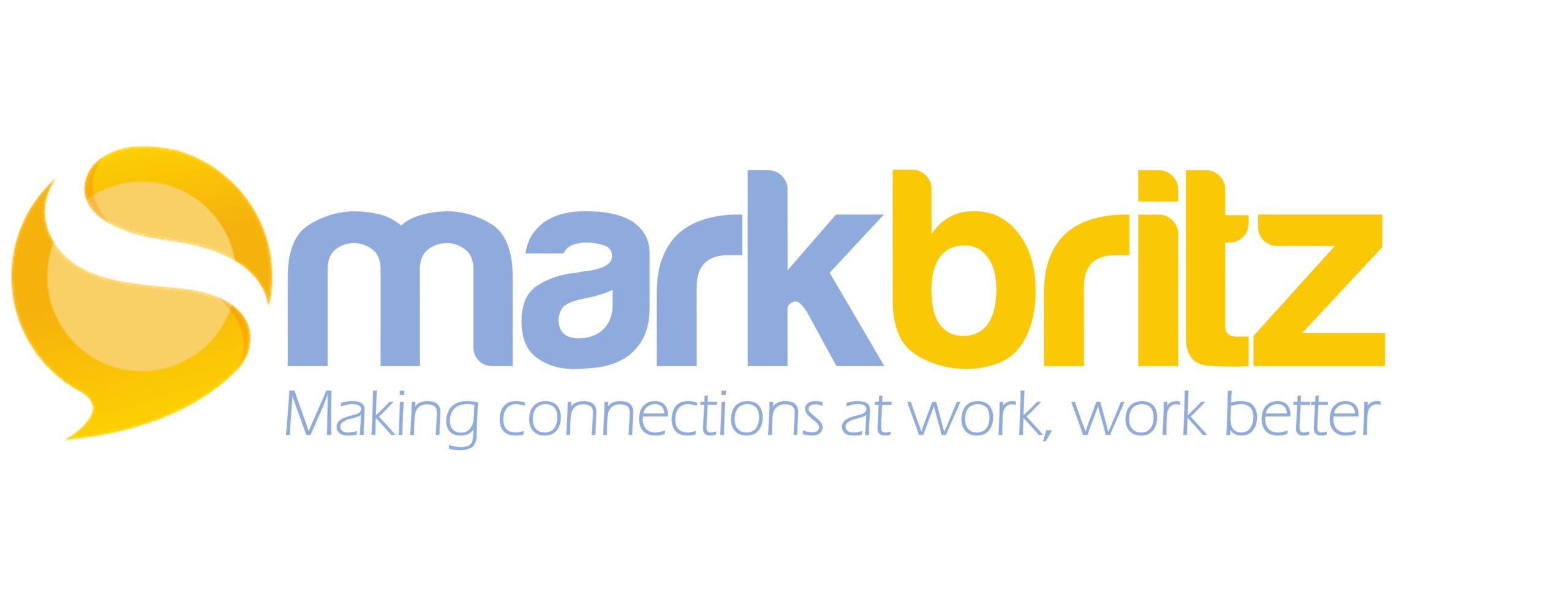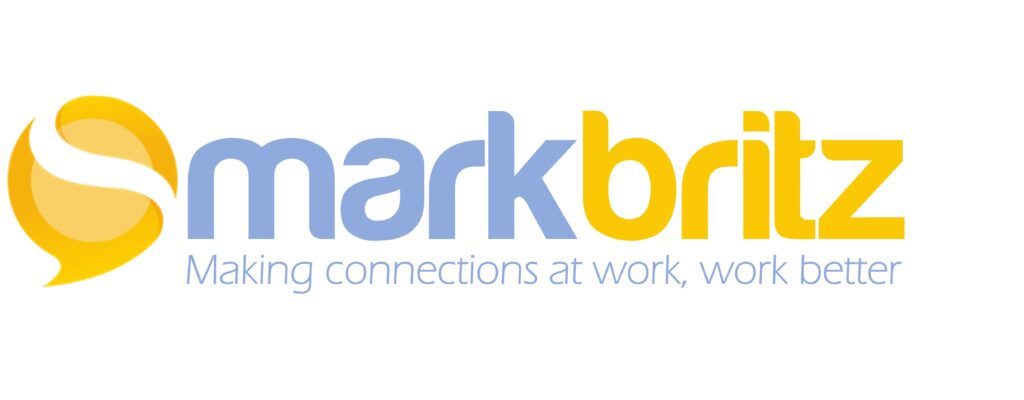The Personal Knowledge Management approach I take reminds me of my early teen years body surfing on the shores of Lake Erie. When one body surfs, different than surfing with a board, you are immersing yourself in the waves (no board). You must stand or tread water waiting for the right wave to take you on a great ride. These waves are constant and consistent. Each is unique but connected to an immense body of water, more than you can imagine. You can’t possibly surf every wave, so you must discriminate; selecting carefully to ensure the ride has value. Of course if you try taking on too many waves you risk fatigue and if that happens you will likely leave the water altogether – and that’s no fun. Body surfing wasn’t done with alone. You did this with trusted people, your friends, which not only made it more enjoyable but served as models to identify best practices (and bad ones to avoid). You learned which emerging waves to track, and tips/techniques to position yourself within to get the most out of each. You spoke to each other. You watched and learned and likewise consciously shared your stories and more unconsciously your approaches as you were equally being watched. Unfortunately you can’t capture a wave… much like you can’t capture knowledge as its equally fluid.
Do you see the parallels to PKM? Each wave is symbolic for digital content. Much more than one could ever consume. We “tame” the voluminous information by discriminating; making decisions about what to seek, or risk being overwhelmed. When we ride a wave we influence it even slightly. Similarly too, the content is changed when we share it with others as we tell our story and our interpretation adding context and inviting others in. Most importantly in PKM is people. The network we craft is one of trusted advisers to help us in finding the right information and making sense of it all. They point, guide, share and support us.
Using an analogy like this helped connect a difficult and foreign practice to a more understandable one, maybe even one many have done before. However, I think you can risk over simplification using analogies but to counter that don’t see them as the end all be all; Invite questions and reaction when using them. My analogy was also done in a story format, my story, where people could visualize the scene and the emotions (critical to learning) tied to fear, fatigue, and fun as those are harder to feel in what is essentially a virtual activity with PKM.
Do you use analogies? Which ones and for what? Last night #lrnchat engaged in a discussion about using analogies. I encourage you to see the transcript (which may or may not be up yet) as some really good thoughts swirled around there!


